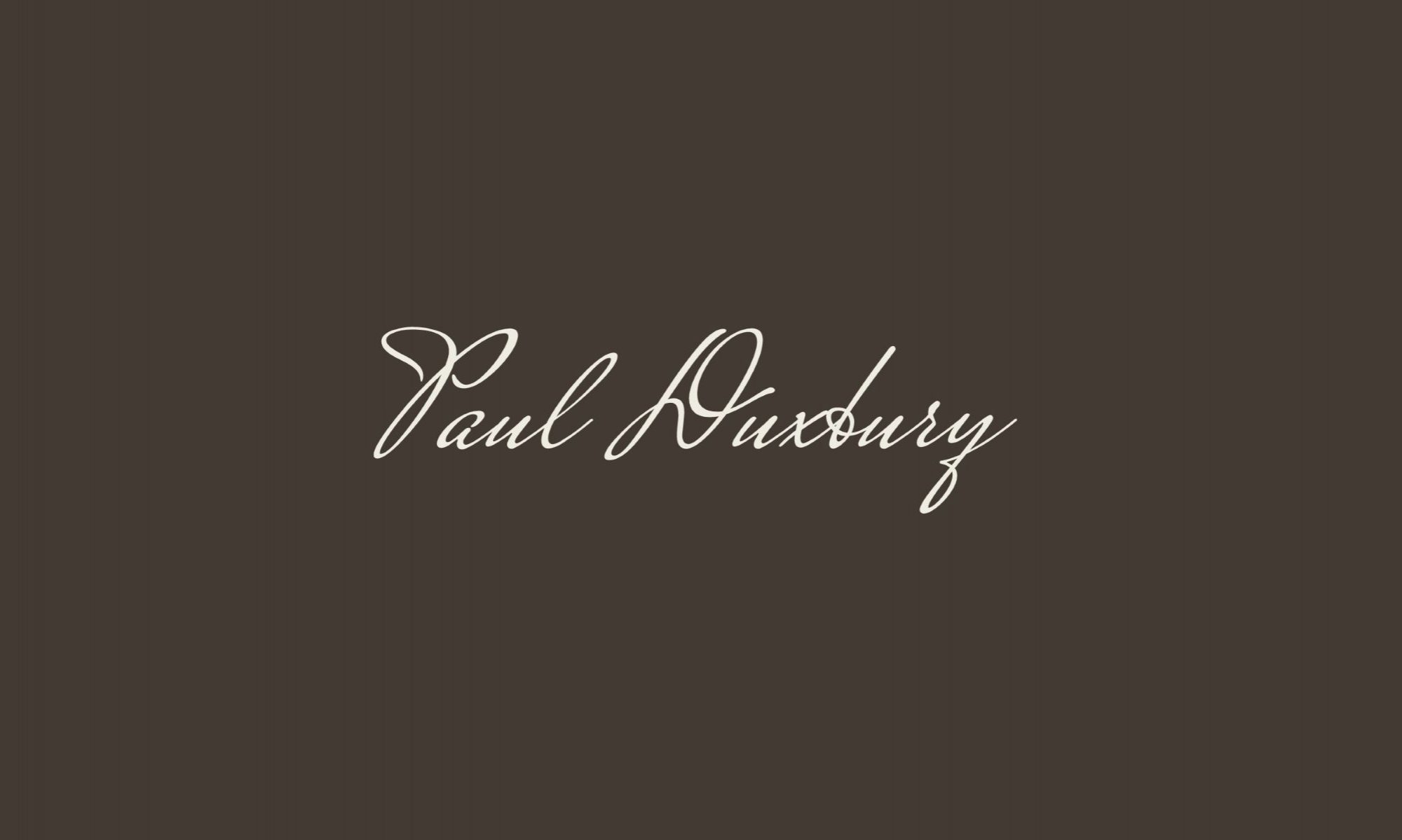In the previous post I looked at what it means to be a good listener. In this post I want to look at how you can develop the skills involved in listening and how you can give people the impression you are genuinely listening to them.
The entire point of listening is to gather information from the person speaking. To get the information the messenger wants you to receive, you may have to practice some techniques that help you truly listen to the speaker.
- Focus on the Speaker – When you place your focus on the person speaking, you’re going to be more likely to understand what they’re trying to communicate. A good technique for focusing is to turn off any extraneous electronics or put them on mute. Focus your eyes on the speaker and not on what is behind them.
- Establish Rapport – When you can relate to others, you’ll be able to build trust faster. For example, a way to establish rapport is to find common ground with the person speaking. Let them know that you’ve been there, or if you haven’t, let them know that too and ask them to explain more. Show that you’re empathetic, and learn how to mirror the speaker’s mannerisms and speech in an appropriate way.
- Show Concern – There are numerous ways to show your concern without interjecting your opinion or interrupting the speaker. You can show concern with your eyes, by gently touching their hand or shoulder, and by showing the feeling in your eyes when you look at the speaker. Don’t detract from the speaker with an over-display of emotion, but let them know subtly that you are concerned about what they are saying.
- Paraphrase – When appropriate, it’s a good idea to paraphrase what the speaker is saying. “I hear you saying that you’re overworked, tired, and stressed, is that right?” Then let the speaker answer whether that is correct before offering any type of solution.
- Use Non-Verbal Cues – Not only should you pay attention to the body language of the speaker, but you should also provide non-verbal cues to the speaker that you’re supporting them and listening to them. You can do that by using reflection or mirroring. Pay attention to your face, make eye contact appropriately, and lean forward so that they see that you’re listening. Nod your head, smile, or frown, at the appropriate times.
- Affirm Verbally – It’s also okay to say things like, “Continue”, “That’s terrible”, “I understand”, or, “This is exciting”. Use whatever is appropriate to show that you’re listening to them in a verbally affirming way.
- Ask Open-Ended Questions – When you want to hear more of what someone is saying, you can ask open-ended questions. An open-ended question goes deeper than a yes or no question and requires a deeper answer. When you do this, avoid asking leading questions which suggests answers to them. An example of an open-ended job interview question goes like this: “Please describe what benefits hiring you will provide our company.”
- Ask Specific Questions – If you need clarity, it’s okay to ask closed questions. “Are you saying that John is almost always late with his work?” This requires a yes or no, and can help you understand what the speaker is saying so that they can move forward with what they’re trying to communicate with you. When you do this, gesture for them to continue so it doesn’t stop the discussion.
- Show Understanding – When it’s the right time, you can also disclose your own similar experiences to help the speaker relate to you better. You want to avoid making it all about you, though, so it depends on the situation. But a short sentence such as, “I’ve also received hate mail due to my social media activity, what did you do next?”
- Avoid Responding until the Speaker Is Finished – It’s important to wait for the speaker to be finished before you start offering your opinion. Allow the person speaking to finish and pause for two or three seconds before you start talking about your opinion to ensure they’re done. The biggest thing to realize is that silence is not a bad thing when you’re trying to actively listen to someone.
When you’re actively listening, do not fidget, eye gaze, overreact, or interrupt. Listen for understanding, and show that you understand non-verbally and verbally. Show that you’re listening by leaning forward and using the right amount of eye contact and the right cues.
